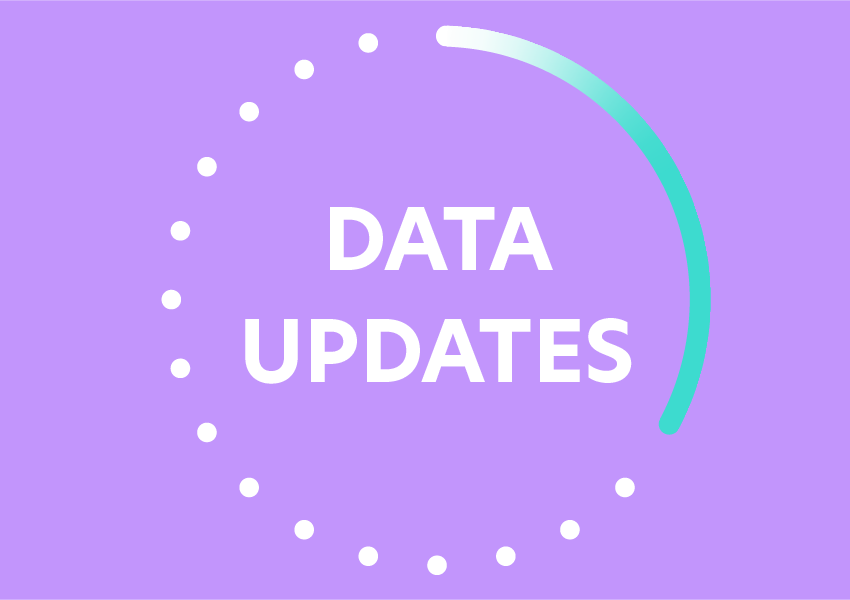
Big news! We have updated the Local Authority boundaries to reflect the changes made to them in 2023, and updated the Census geographies (OA, LSOA, MSOA) to the 2021 definitions. Alongside this, you now have the option to create Custom Areas at different geographical timepoints.
The core boundaries used within Local Insight are now the latest available. This means that when you view any type of data indicator on the Local Insight Map, you’ll be shown the new 2024 Local Authorities boundaries. Reflecting the latest administrative changes, the following four Local Authorities have been created:

Local Insight is also built on the Census geographies: Middle Layer Super Output Areas (MSOA), Lower Layer Super Output Areas (LSOA) and Output Areas (OA). These are statistical geographies which were created for the Census in 2001 and updated in 2011 and 2021.
This update has not affected all boundaries. In fact, only 5% of areas nationally had any changes. These updates are made to account for population shifts and maintain a consistent population size within each area. The Map now displays 2021 LSOA and MSOA boundaries.
As always, data will be automatically converted as necessary for the boundaries that have changed.
The update will not change any of the existing Custom Areas that you have created. For example, if you have custom areas made from 2011 LSOAs, they will continue to be defined from these same component areas.
This is because we have added the new boundaries as additional geographical levels. We plan to ensure that as boundaries change, we grow the list of areas that we aggregate data to within the system, building on our set of geographies year on year – rather than replacing them.
Local Insight imports data from sources that publish at both 2011 and 2021 geographies (many publishers have not yet started publishing data at 2021 geographies). This data is converted as necessary to match the boundaries of your Custom Areas, no matter the time point they were created at.
For your existing Custom Areas, this means:
Any new custom areas that you build using Draw on a Map, geoJSON importer or Postcode uploads, will automatically use the latest time points as the underlying definitions.
This means that:
For new custom areas that you build using the Standard Areas method, you can now select which boundary definition you choose (more on this below).
The vast majority of your custom areas will not have experienced any boundary changes between 2011 and 2021. However, we know the areas that have changed will likely be of great interest to you. If you have any questions around the data that is displaying for your custom areas, please contact support@ocsi.co.uk
Local Insight accepts both 2011 and 2021 area codes for any data you import into the system and will automatically recognise the area codes. You do not need to make any changes to your existing custom data.
You now have the option to create new custom areas based on LSOAs, MSOAs and LAs using either the latest or previous boundary definition.
When on the Custom Area Manager module, choose to make a Custom Area from a Standard Area. From here, you can now select the time point of a standard area that you would like to use to build your custom areas. To do this, simply use the secondary drop down next to the standard area geographic level to select your time point.

You will find that you are unable to create a single Custom Area based on multiple time points – this is to stop aggregation issues from occurring.
Currently, this feature extends only to the LSOAs and MSOAs for 2011 and 2021 and for Local Authorities for 2021 and 2023, but we plan on increasing these options over time.
Yes, we will be updating the ward boundaries to match those created following the Boundary Commission’s recommendations last year.
Local Insight subscribers can explore the new update.
Not a subscriber? Book a demo today to find out more.
As we enter the UK’s summer months, we’re looking at the ways…
More
Active Essex, in partnership with Essex County Council and Thurrock Council,…
More
Local Insight is now hosting over 330 new indicators from Scotland’s 2022…
More